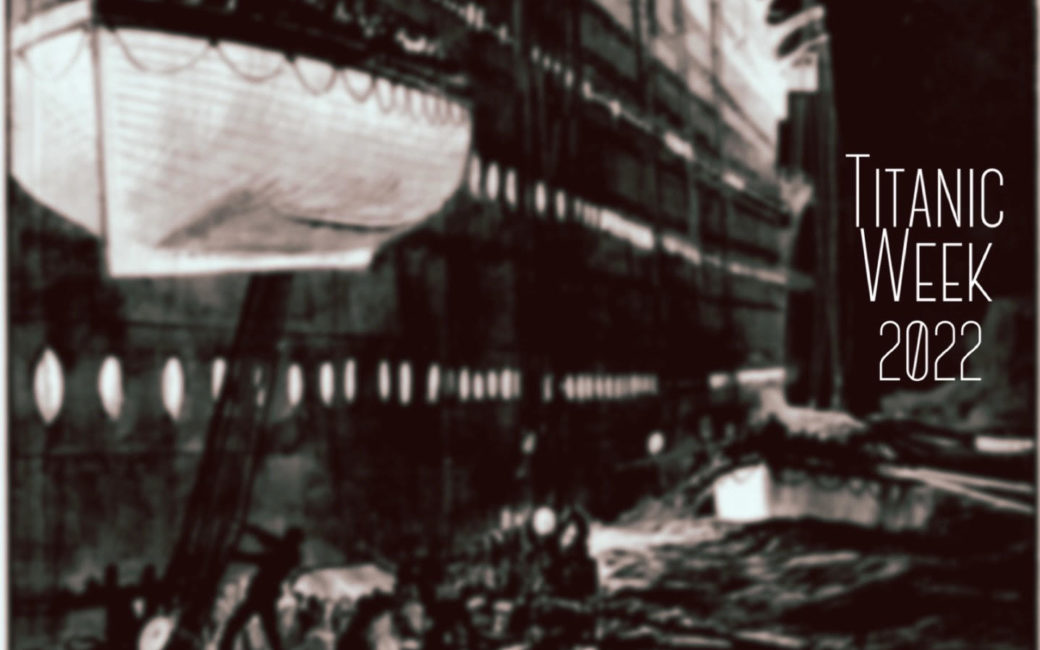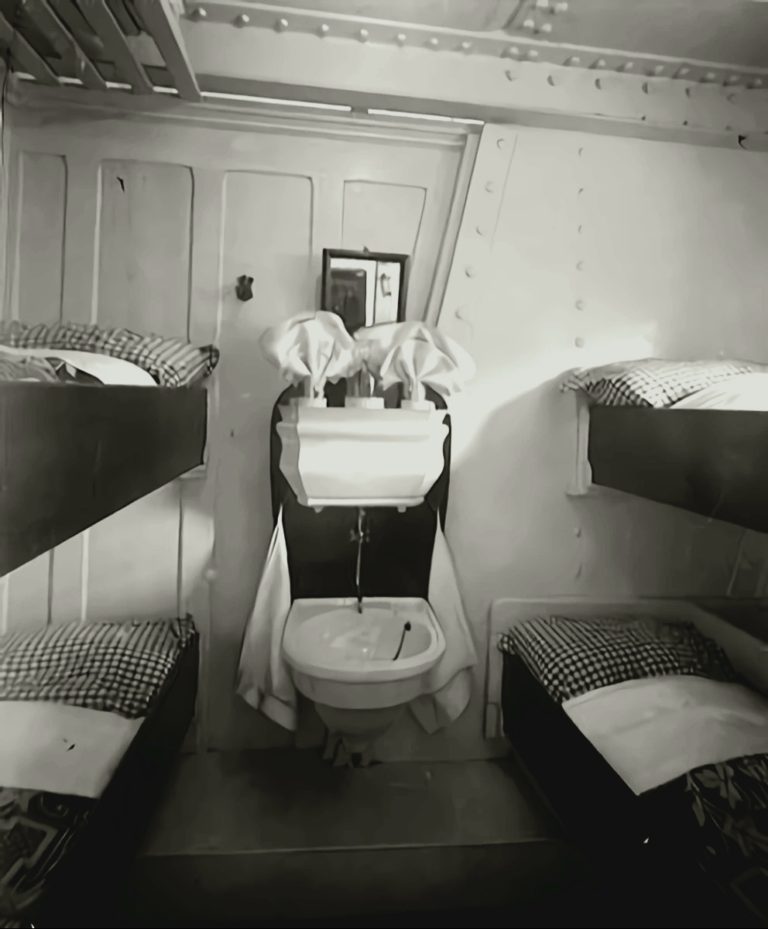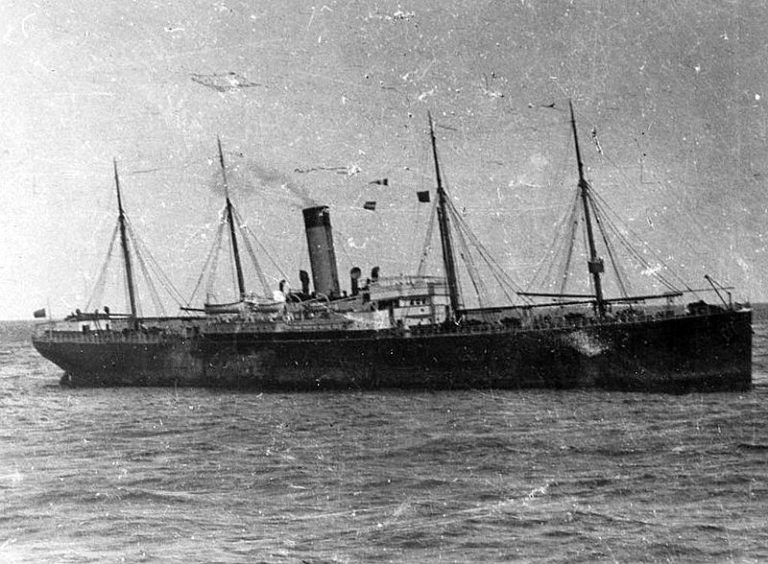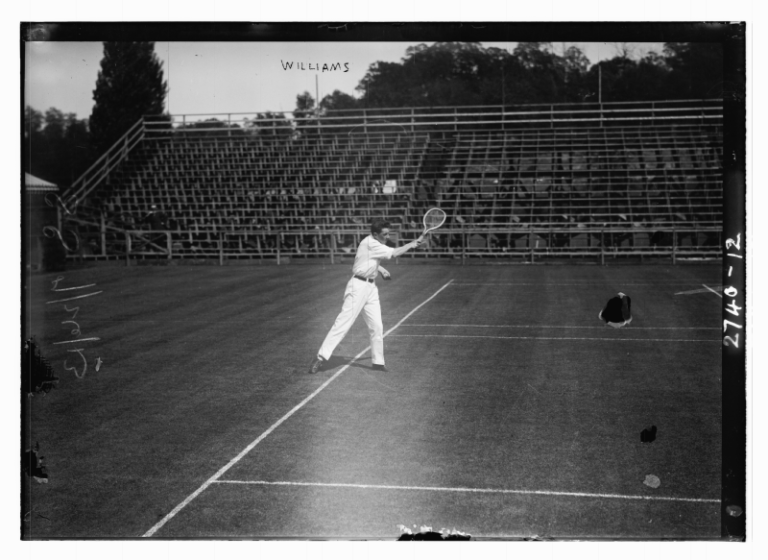"My! I Wish I Could Go Out There Sometimes!": Titanic's Elevators
The Titanic was the last word in luxury, equipped with elite amenities and thoughtful details. And among its many novel components, a particular technology often goes unacknowledged: the elevators.
All in all, they were pretty nifty contraptions and certainly enjoyed by the passengers. Lawrence Beesley mused upon as much in his account, which was published only two months after the sinking of Titanic.
Perhaps nothing gave one a greater impression of the size of the ship than to take the lift from the top and drop slowly down past the different floors, discharging and taking in passengers just as in a large hotel.
© "The Loss of the S.S. Titanic," by Lawrence Beesley. 1912.
Titanic was neither the first nor the only passenger vessel to include this particular convenience. But it was among the few.
They were designed, of course, to surpass all others in the simple feat of exceptional customer experience. In fact, the White Star Line boasted the following in their promotional materials while expressing lavish awe for the First-Class Grand Staircase.
Looking over the balustrade, we see the stairs descending to many floors below, and on turning aside we find we may be spared the labor of mounting or descending stairs by entering one of the smoothly-gliding elevators which best us quickly to any other of the numerous floors of the ship we may wish to visit.
Titanic was outfitted with four passenger elevators: three available to First-Class passengers, and the remaining one for those in Second Class. In conjunction, the ship was staffed with a total of four Lift Attendants, one responsible for each passenger elevator.
The position of List Attendant was categorized as Victualling Crew. The Victualling Department was made up of 421 people tasked with all manners of service provided to those on board the ship, from foodstuffs to linens to barber services to bathroom cleaning. And of course, elevator services.
Titanic’s elevators, as well as those installed on her elder sister Olympic, were designed and installed by R. Waygood Co., an established and international firm that was headquartered in London. The Otis Elevator Company has claim to those bragging rights today, however, owing to the fact that it merged with R. Waygood in 1914.
The lifts were electric in operation, but not in any modern sense of the word. There were no buttons to be pushed, and no door that automatically closed. They were, in essence, manual—powered by electricity but controlled by hand. The Lift Attendant was responsible for controling a lever which decided the direction of the lift. It took a bit of finesse to ensure a jostle-free ride from start to end, and skill to operate the lift so that it stopped at the desired deck with its gate perfectly aligned to the floor onto which the passengers would alight.
The ship’s four steam-powered engines generated thousands of amps of 100-watt electricity, which catered not only to the elevators, but also to equipment on the Bridge, deck cranes, loudspeakers, kitchen equipment, fans, and heaters—and, of course, the approximately 10,000 incandescent lightbulbs in use on board.
It is reported that each elevator’s capacity was 10 people at a time, including the Lift Attendant therein.

The Grand Staircase of the RMS Olympic from the Boat Deck, circa 1911. Taken by William H. Rau. The First-Class Elevators were immediately in front of the Grand Staircase on A Deck.
The three First-Class lifts were tucked into a taut and tidy row just forward of the famed Grand Staircase on A Deck. Their course ran all the way down to E Deck. A curious design choice, considering the athletic amenities exclusively available to First-Class passengers occupied lower decks than the lifts could achieve. By terminating on E Deck, First-Class passengers found themselves one deck above the Swimming Bath and adjacent Turkish Baths of F Deck, and two decks too soon to access the Squash Court on G Deck. Lift passengers wishing to access those facilities would need to take leave of the elevators at the last available floor, and then proceed to take the stairs.
These gilded lifts, unlike the walled-off box elevators of today, were open-faced cages. They were designed in the Empire style, their frames trimmed with carved wood and accented ornate wrought-iron gates. They were outfitted with individual light fixtures and inviting sofas for passengers to make use of on their arduous vertical journeys.
The First-Class lifts were staffed by William Carney, who was the oldest of the Lift Attendants at 31 years old, as well as Frederick Blades and Alfred John Moffett King, who were 17 and 18, respectively.

Second-Class Entrance on RMS Olympic. The elevator sign is visible. Taken by Bedford Lemere & Co, 1911.
PUBLIC DOMAIN
The sole Second-Class elevator could be found aft, alongside the main staircase; it ran from Boat Deck to F Deck. It skipped A Deck entirely, however, because A Deck was exclusively accessible to First-Class passengers. This elevator was operated by Reginald Pacey, who was 17.
Reginald had never been employed on a ship before.
Lawrence Beesley, one of the very few Second-Class men to survive the disaster, wrote the following of young Mr. Pacey in his recollections.
He was quite young,—not more than sixteen, I think,—a bright-eyed, handsome boy, with a love for the sea and the games on deck and the view over the ocean—and he did not get any of them. One day, as he put me out of his lift and saw through the vestibule windows a game of deck quoits in progress, he said, in a wistful tone, "My! I wish I could go out there sometimes!" I wished he could, too, and made a jesting offer to take charge of his lift for an hour while he went out to watch the game; but he smilingly shook his head and dropped down in answer to an imperative ring from below.
Lawrence also wrote that he didn’t believe Reginald was on duty with his lift on the night of the disaster, but he was sure that had the boy been on duty, he would have offered his passengers nothing but a kind smile, even as he knew the ship was sinking.
“I wonder where the lift-boy was that night,” Lawrence Beesley wrote. “I would have been glad to find him in our boat, or on the Carpathia when we took count of the saved.”
Reginald Pacey, along with the three Lift Attendants Carney, Blades, and King, all were killed in the sinking of Titanic.
While the bodies of William Carney and Alfred John Moffett King were identified during the Mackay-Bennett’s recovery efforts, both Reginald Percy and Frederick Blades were lost.
SOURCE MATERIAL








































